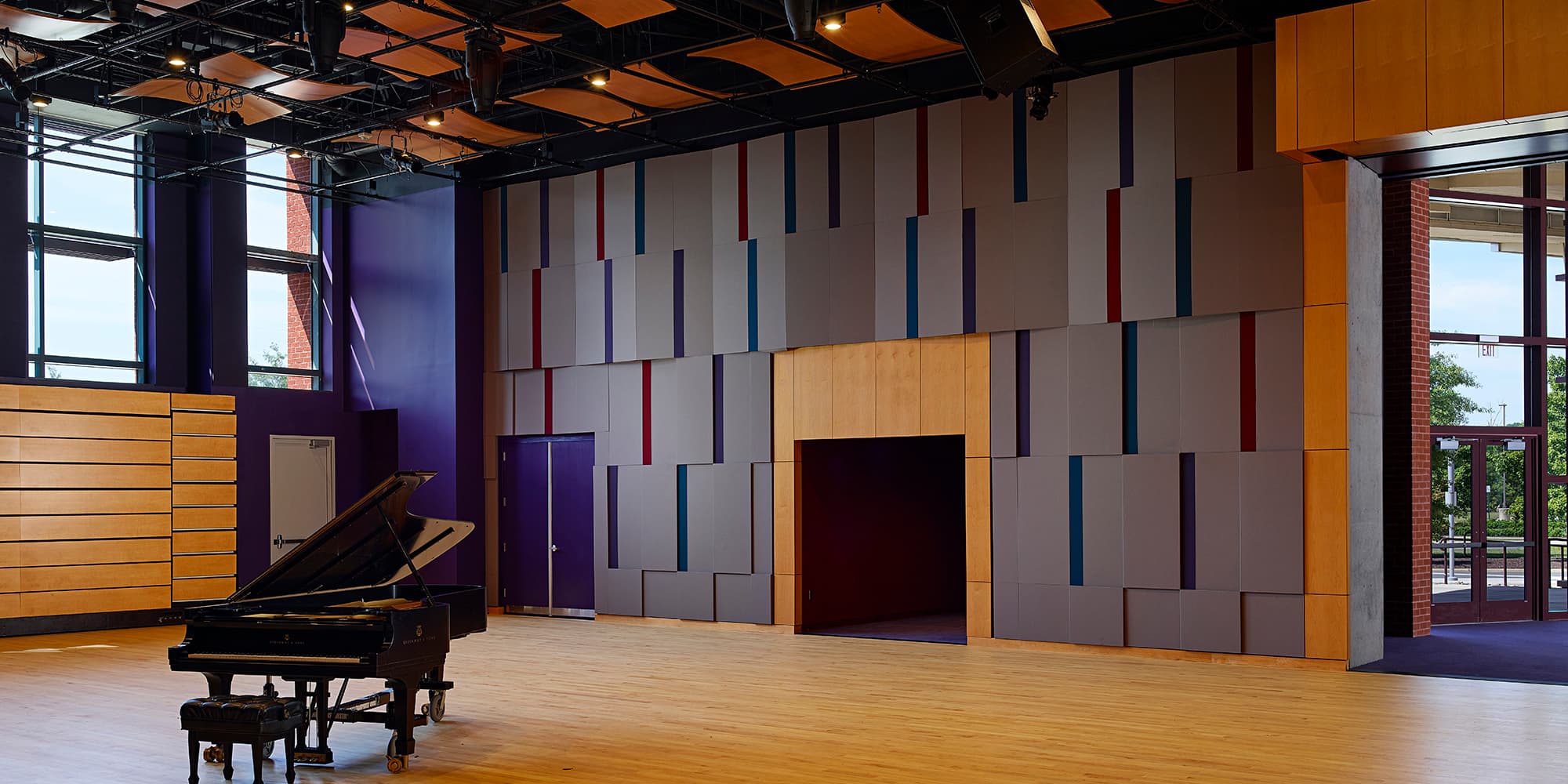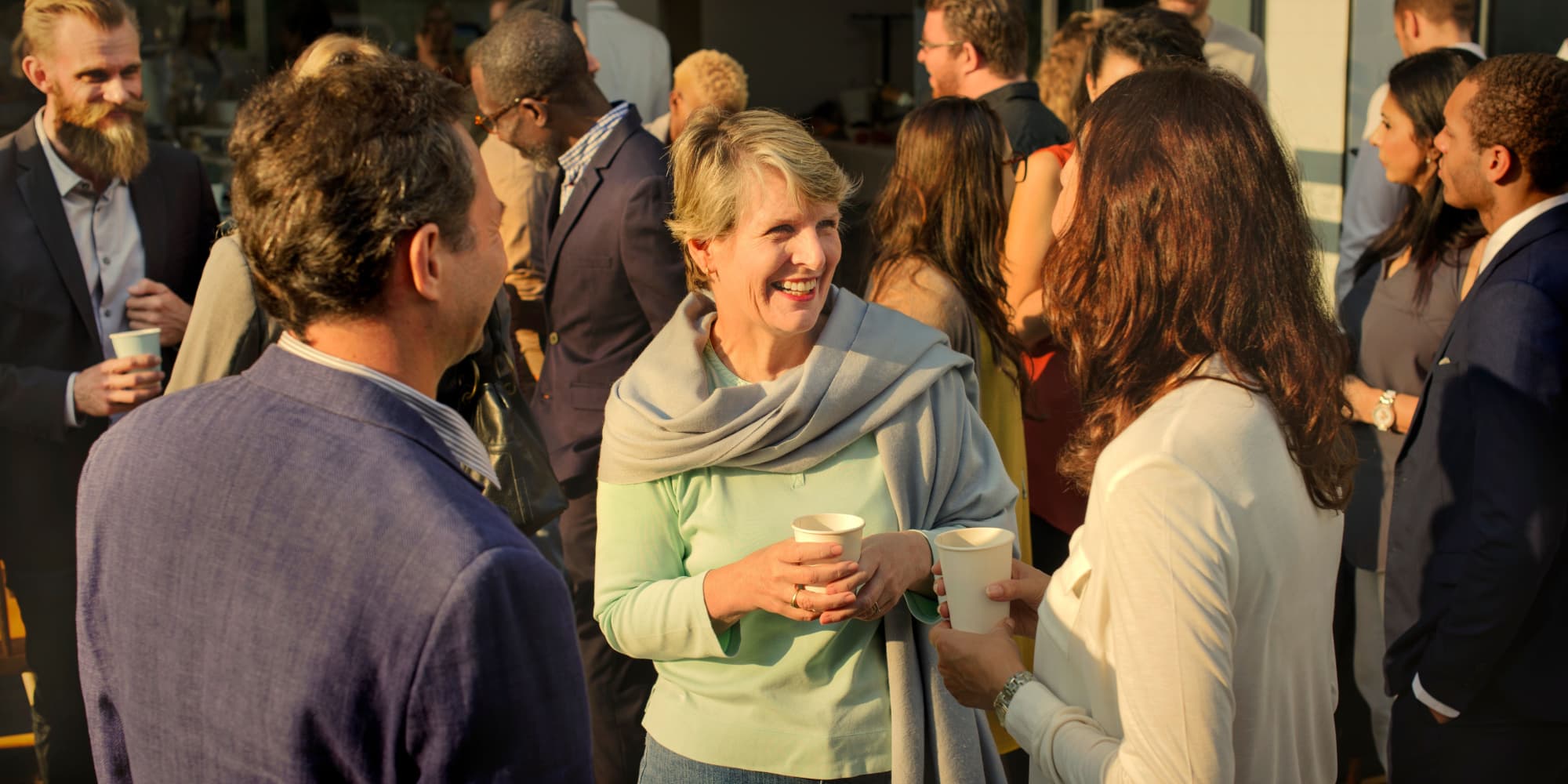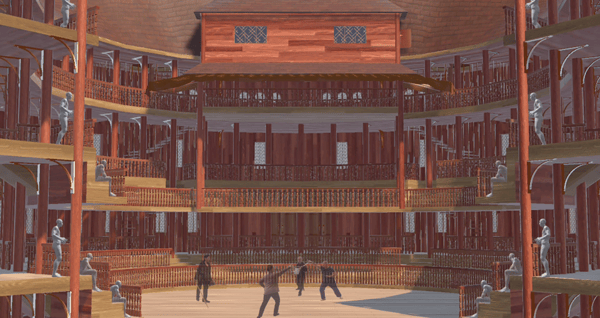The Historical Movement Archive (HMA) has a singular mission: To use modern technologies to archive historical movement and performance arts. The man behind the mission is Brad Waller. After a career spent as a choreographer, Waller’s desire to give back to an industry that has given him so much led him to research the gaming industry technology and apply it to historical movement.
Located right here in Prince William County, the HMA is an international group of historical movement scholars, teachers, and performers who are working together using state-of-the-art motion capture technology, volumetric capture technology, interactive serious gaming platforms, and emerging 3D teaching, research, and live performance technologies.
"We are living in an incredible moment in time as far as technology is concerned. Yet, with all this technology, we cannot hold a candle to what they knew about the art and science of movement that flourished in their time,” said Waller. “Ancient systems of movement and training were more complex and sophisticated than they are today. Many of the movement art forms have atrophied over the past 500 years. What we have left today are the words and images of writers and artists of their time."
Capturing movement has a broad array of possibilities, so the team at HMA is dedicating themselves to the research, analysis, and preservation of previously unavailable movement knowledge, and making it available to researchers, teachers, historians, and movement artists around the world.
This range of movement knowledge will include historical martial arts, historical dance, historical training principles, cultural dance, and movement traditions.
Imagine looking at paintings of ancient warriors fighting a medieval duel or tribal dancers of a past civilization performing a ritual dance. Now instead of imagining it, you can actually watch it come to life.
"For the first time, we have the ability to preserve the actual movement depicted in antiquarian books and manuscripts," said Waller. "Motion capture technologies allow us to take movement and preserve it in a three-dimensional digital form, so that it can be preserved, studied, archived, and shared all over the world."
What is so difficult about preserving "movement"? Waller explains that movement had to be preserved within another art form, like the written word or artwork within a book. It is a very difficult thing to do, to try to preserve movement in the form of words or images. It is even more difficult to reverse engineer those words and images into movement once again in our day and time, into these bodies.
Waller and his team consider this a Gutenberg moment for historical movement and movement research. This is a new field of research in Renaissance studies. Shakespeare in his day had the printing press that gave a lasting legacy to his words long after he was dead. Michelangelo had the Sistine Chapel.
“The gifted geniuses of movement, whose work we find within books and manuscripts are simply waiting for us to breathe life into their techniques and processes. I have dedicated 37 years of researching these words and images. By doing, I have learned how to listen—with the body, and it is there, within that easiness where the mind and the hand come together. It is there, where these words and images, these dead voices begin to tell their stories.”
Waller has worked with Dean Rick Davis and George Mason University’s College of Visual and Performing Arts to bring his vision to life. He also was a visiting scholar at the Virginia Serious Gaming Institute.
“The whole idea from the beginning was to find a home for a new field of research. I wanted to take the technology available to the gaming industry and apply it to the arts. We have a long way to go, but we are excited about creating this legacy for a field that has given me so much."
https://historicalmovementarchive.org
Located at the Virginia Serious Gaming Institute, 10900 University Blvd., Katherine G. Johnson Hall Suite 147B
Manassas, VA 20110
Share this
You May Also Like
These Related Stories

The Hylton Center's Crescendo: A Symphony of Arts, Community, and Growth
.jpg)
Aiming For Results in Tackett’s Mill

